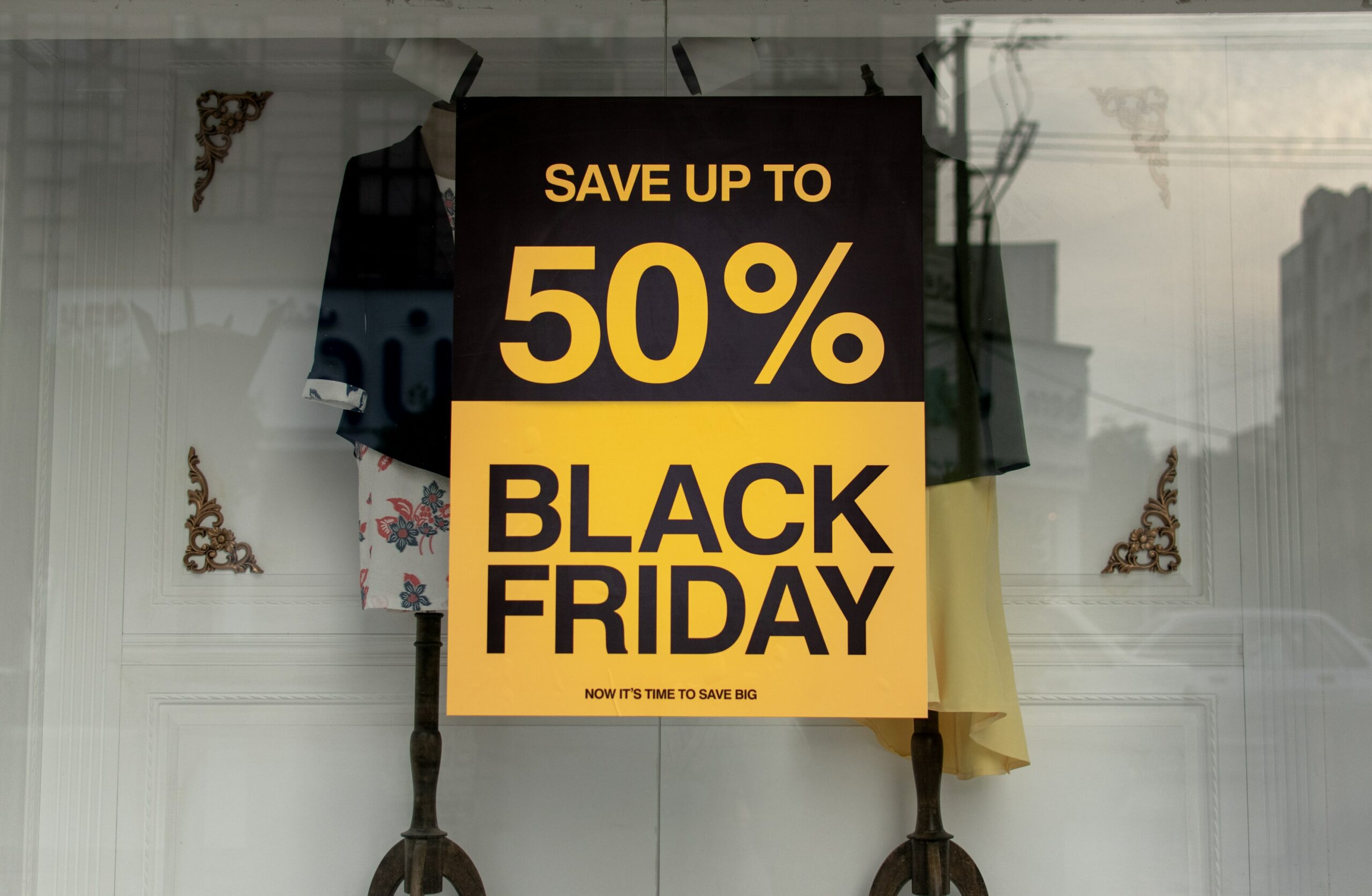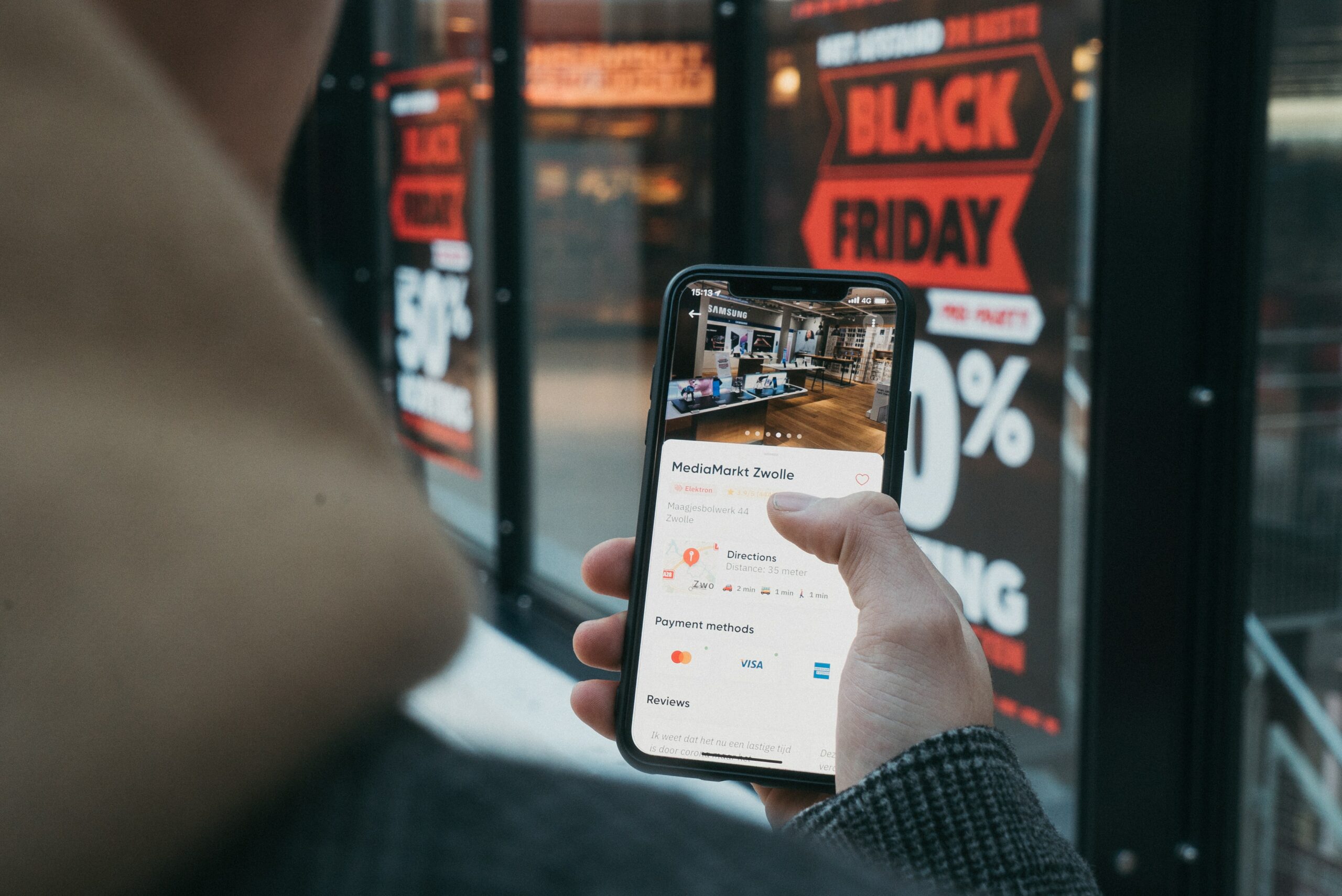Consumers do insane, possibly dangerous things when they feel a threat to their resources. In particular, highly commoditized resources we perceive as necessary for basic functioning. Unfortunately, panic buying shows that the difference between everyday life and chaos has a thin margin. However, it also reveals a powerful tool in your customer strategy: Scarcity. Today we will discuss how this motivates people’s decision-making.
Scarcity is something we are all a little more aware of these days, post-COVID. The supply chains are screwed up because the ports are backed up, and there aren’t enough drivers to get things to consumers, among other things. To talk about the scientific drivers behind Scarcity, we hosted Dr. Professor Kelly Goldsmith (@ProfGoldsmith) on a recent podcast.
Dr. Goldsmith is an interesting person. She has an undergrad in marketing from Yale and went on to teach at Northwestern and Vanderbilt. She was also a contestant on the TV show “Survivor.” Her recent TEDx talk explains how eating bugs on the African savanna for a TV audience piqued her interest in Scarcity as a research topic.
It’s also a timely topic. If we don’t fix our supply chain soon, we will all be eating bugs shortly. Luckily, Dr. Goldsmith says they are delicious, so we have that to look forward to at least.
Objective vs. Subjective Scarcity
Dr. Goldsmith thinks about Scarcity at the level of the individual. When you think about Scarcity for the everyday consumer, there are two primary ways we experience it. One is objective Scarcity, where you’re running out of something that you need. So, if your car is low on gas or your phone is running out of battery, that’s objective Scarcity. It would help if you had that stuff to make it through your day, and you don’t have enough of that stuff.
The other type of Scarcity is a feeling that you don’t have enough, called subjective Scarcity. For example, consumers might experience subjective Scarcity when they don’t have a third car that they use “only for weekends” or the ability to take a long-term luxurious vacation. These are not necessities, but they make people feel like they don’t have “enough.”
Scarcity is relative. You can’t experience Scarcity without having a Reference Point. So, you feel you don’t have enough because you’re comparing your resources against a higher and more desirable level. The gas gauge doesn’t have enough because it isn’t close enough to the F. The distance your tank is from F activates Scarcity.
 Scarcity marketing tactics are a mainstay of the marketers’ toolkit. Robert Cialdini’s book Influence popularized it. One of Cialdini’s Six Principles of Persuasion is people attach more value to things as those things become less available. In our terminology, this idea that Scarcity increases value appears in economics, and it’s the premise for what economists often refer to as Commodity Theory. Marketers who have read Cialdini’s book then make products “scarce” to inspire purchases. This concept is what makes Black Friday a thing.
Scarcity marketing tactics are a mainstay of the marketers’ toolkit. Robert Cialdini’s book Influence popularized it. One of Cialdini’s Six Principles of Persuasion is people attach more value to things as those things become less available. In our terminology, this idea that Scarcity increases value appears in economics, and it’s the premise for what economists often refer to as Commodity Theory. Marketers who have read Cialdini’s book then make products “scarce” to inspire purchases. This concept is what makes Black Friday a thing.
So, when shoppers elbow their way to the flat screen on a Black Friday in an Iowa City Walmart, is that because of objective or subjective Scarcity? The answer is it is subjective, even though marketers want it to feel objective.
Moreover, Black Friday sales are not the successes they used to be. Black Friday was a lot of smoke and mirrors designed to drive immediate sales and juice retailers’ returns right before the fiscal year ends for many years. It is so much easier for consumers to engage in comparison shopping now, and being informed about prices and discounts reduces the effectiveness of Scarcity promotions like Black Friday sales. For example, when Walmart has 50 flat-screen TVs for a ridiculously low price, but comparison shopping reveals that other retailers have a similar deal, it might not be as compelling for some people to come down to the Walmart mosh pit the day after Thanksgiving.
The Toilet-Roll Scarcity of 2020
Unless you live on the moon (and seriously, if you do, how is the WIFI up there?), you probably know that 2020 was the year of toilet roll hoarding. The Scarcity we felt at that time was not a marketing ploy. It was a global pandemic, which has a much different influence on us.
Consider your toilet paper situation. The average American consumer probably doesn’t have a massive basement for storing your toilet paper hoard, nor are you used to buying it in that level of bulk. However, at the beginning of the pandemic, our entire family would be home all the time, indefinitely. We didn’t know how much we needed, but we knew it was more than usual. Furthermore, we didn’t know if the stores would close or if we would be able to leave at all to go to the store. So, we were all adjusting our needs to “more” because we didn’t know. Uncertainty can do a lot to drive the feeling of Scarcity.
So, is this a perceived or actual need? It is an interesting question. For example, if your charge is running low on your mobile phone, you feel an urgent need to charge. However, in the 80s and 90s, we didn’t have phones, and we survived. However, the phone is so much a part of today’s world that even though we don’t need it to survive, you would be hard-pressed to get people to say it wasn’t an objective need to get some juice in the phone. Most people also do not want to consider the alternatives for toilet paper.
Direct vs . Compensatory Resolution for Scarcity
Dr. Goldsmith says when people experience the scarcity threat, their knee-jerk reaction is to see if they can do anything about it. So, when you see on CNN that toilet paper is disappearing across the country, you start plotting how you will reduce your toilet-roll Scarcity. You figure that you can go to the unpopular store location and buy up all their toilet paper. This tactic would be the direct route for resolving Scarcity.
 The upside to the direct route is that you have staved off the need to consider other alternatives for toilet paper. The downside is that you dropped everything to get down to Kroger, and now you missed a deadline or forgot to pick up your kids at school. Plus, it wasn’t until you got home that you remembered that you also needed milk. So in thinking about solving your scarcity problem, you didn’t have the resources to take care of your regular business.
The upside to the direct route is that you have staved off the need to consider other alternatives for toilet paper. The downside is that you dropped everything to get down to Kroger, and now you missed a deadline or forgot to pick up your kids at school. Plus, it wasn’t until you got home that you remembered that you also needed milk. So in thinking about solving your scarcity problem, you didn’t have the resources to take care of your regular business.
Sometimes you can’t do anything about Scarcity. There is no unpopular-store-still-has-it-in-stock solution. In these cases, you might then direct that energy toward a compensatory route for Scarcity resolution. The compensatory route means you channel energy solving another problem you can address. The upside of the compensatory route is your sock drawer has never been more organized. The downside might be that you decided to drink a bottle of whiskey instead of addressing the sock drawer situation and then binge shopped for new socks online, and now you need a new dresser to hold them all.
Using Scarcity in Different Channels Various Ways
Using Scarcity has been a mainstay of the marketers’ toolkit for a long time. However, Dr. Goldsmith says it is essential to assess our assumptions about how effective they are, why, and when they’re most likely to be effective. For example, Dr. Goldsmith has unpublished research that suggests that time-scarcity promotions work better in stores than online. If there is a limited time to buy and you’re already in-store, it is compelling. The product is in front of you, and you’re in a different mindset.
Online, it’s a different reaction because you shop with a different cognitive process. Also, there’s the psychological distance between you and the purchase. It’s not in your hand. It’s not even for immediate delivery. It’s something you’re going to get in like a few days—or sometimes even longer, depending on supply chain shutdowns. So you don’t get the same sort of visceral response to time scarcity when they’re online shopping.
Understanding how Scarcity affects consumer psychology and consumer decision-making is essential because the marketplace is evolving. While Dr. Goldsmith loves Cialdini’s book, it came out in 1984. Some other significant research on Scarcity was published in the 90s before online shopping was a thing. Now, we live in a world where more people than ever are buying online. So, since how we buy has changed, the way we sell has changed, too. Dr. Goldsmith encourages marketers to question assumptions about how to get people excited about buying their products. Scarcity is one of them, for sure, she says.
She says that consumers are experiencing Scarcity outside of the store more so than ever before because the media bombards them with messages about depleting resources and increasing threats. When consumers’ thoughts are on Scarcity, they are way less likely to engage in rational thinking for things like buying decisions. People don’t have enough cognitive bandwidth to devote to that deep level of Scarcity processing and which lightbulbs to buy. So as a marketer, you have to determine how to sell to people that can only use a tiny portion of their brain.

Also, having Scarcity on their mind affects the benefits people find persuasive, Dr. Goldsmith says. When there’s a scarcity threat people don’t feel like they can address, they’re interested in benefits to the self, more so than benefits to like the greater good. So, suppose you’re trying to sell an eco-friendly, sustainable product that addresses climate change issues. In that case, Dr. Goldsmith says you should find a way to turn that into a self-focused benefit, even though it is inherently greater-good focused. Thus, unpacking the psychology of Scarcity is relevant to addressing these issues in marketing efforts and customer strategy.
Also, understanding behavioral economics and behavioral science ideas more thoroughly is also essential. While it’s good to know that Scarcity works, it’s also not enough. It would be best if you knew when it works and why it works. Successful implementation for your business requires understanding the boundary conditions around the concept. These details are crucial when you make actual decisions on the ground.
The distance between order and chaos is much shorter than we thought. Moreover, with supply chains being what they are, Scarcity might have a much more prominent role in our lives than we imagined a couple of years ago. However, I would advise you to also consider all the ways you can position your product or services with Scarcity to inspire buying decisions in your customer strategy. If it works for toilet rolls, maybe it can work for you.
There you have it. No promotions, no gimmicks, just good information.
Think reading is for chumps? Try my podcast, The Intuitive Customer instead. We explore the many reasons why customers do what they do—and what you should do about it. Subscribe today right here.


